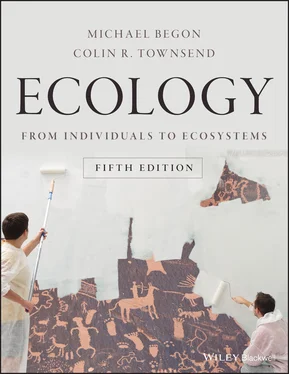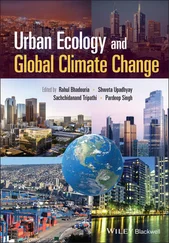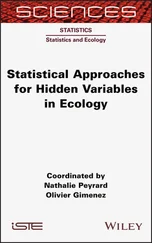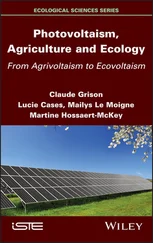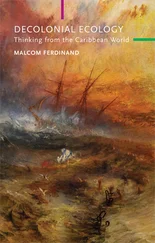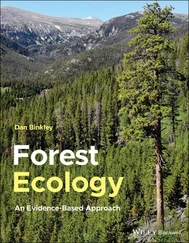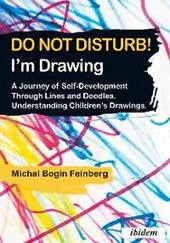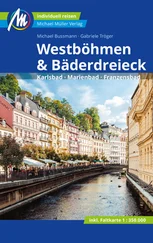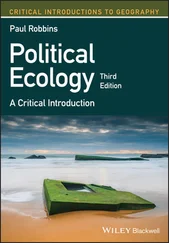cellulases, which most animals lack
The large amounts of fixed carbon in plant materials mean that they are potentially rich sources of energy. Other components of the diet (e.g. nitrogen) are more likely to be limiting. Yet most of that energy is only directly available to consumers if they have enzymes capable of mobilising cellulose and lignins. An increasing number of species, especially insects, have been shown to have these enzymes themselves (Watanabe & Tokuda, 2010), but the overwhelming majority of species in both the plant and animal kingdoms lack them, the latter relying instead on the cellulases produced by gut‐inhabiting, cellulolytic prokaryotes with which they form intimate, ‘mutualistic’ relationships, discussed further, for both vertebrate and invertebrate herbivores, in Chapter 13.
Because most animals lack cellulases, the cell wall material of plants hinders the access of digestive enzymes to the contents of plant cells. The acts of chewing by the grazing mammal, cooking by humans and grinding in the gizzard of birds allow digestive enzymes to reach cell contents more easily. The carnivore, by contrast, can more safely gulp its food.
Of course, one big difference between the resources of autotrophs and those of heterotrophs, at least those that consume living prey, is that the resources of the heterotrophs can fight back – on both ecological and evolutionary timescales. We pick up the story of prey defence in Chapter 9.
3.8 A classification of resources, and the ecological niche
We have seen that every plant requires many distinct resources to complete its life cycle, and most plants require the same set of resources, although in subtly different proportions. Each of these resources has to be obtained independently of the others, and often by quite different uptake mechanisms – some as ions (potassium), some as molecules (CO 2), some in solution, some as gases. Carbon cannot be replaced by nitrogen, nor phosphorus by potassium. Nitrogen can be taken up by most plants as either nitrate or ammonium ions, but there is no substitute for nitrogen itself. In complete contrast, for many carnivores, most prey of about the same size are wholly interchangeable as articles of diet. This contrast between resources that are individually essential for an organism, and those that are substitutable , can be extended into a classification of resources taken in pairs ( Figure 3.30).
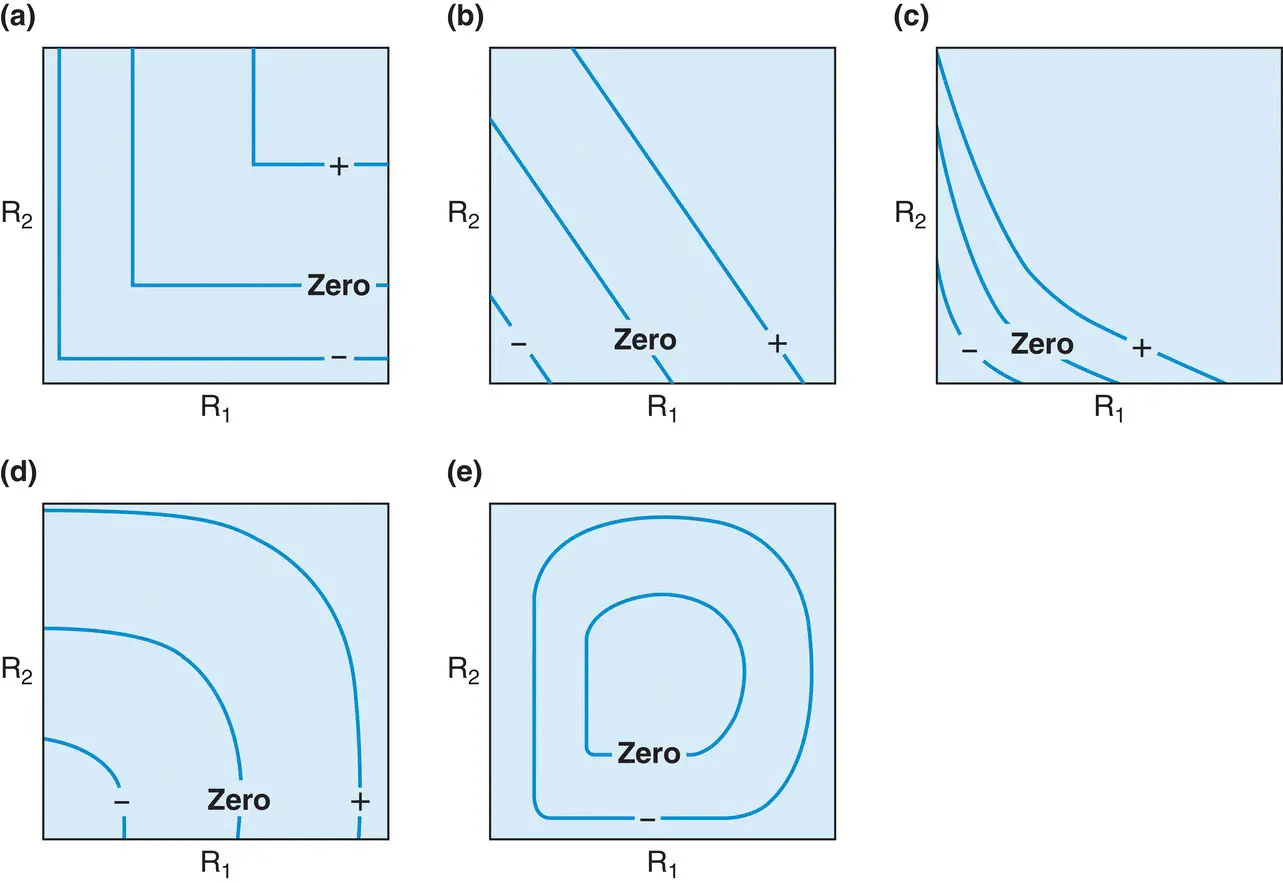
Figure 3.30 Resource‐dependent growth isoclines.Each of the growth isoclines represents the amounts of two resources (R 1and R 2) that would have to exist in a habitat for a population to have a given growth rate. Because this rate increases with resource availability, isoclines further from the origin represent higher population growth rates: isocline –has a negative growth rate, isocline zero a zero growth rate and isocline +a positive growth rate. In the respective figures, resources are (a) essential, (b) perfectly substitutable, (c) complementary, (d) antagonistic and (e) inhibitory.
Source : After Tilman (1982).
zero net growth isoclines
In this classification, the concentration or quantity of one resource is plotted on the x‐axis, and that of the other resource on the y‐axis. We know that different combinations of the two resources will support different growth rates for the organism in question (this can be individual growth or population growth). Thus, we can join together points (i.e. combinations of resources) with the same growth rates, and these are therefore contours or ‘isoclines’ of equal growth. In Figure 3.30, line ‘zero’ in each case is an isocline of zero net growth: each of the resource combinations on these lines allows the organism just to maintain itself, neither increasing nor decreasing. The ‘−’ isoclines, then, with less resources than the zero line, join combinations giving the same negative growth rate; whilst the ‘+’ isoclines, with more resources than the zero line, join combinations giving the same positive growth rate. As we shall see, the shapes of the isoclines vary with the nature of the resources.
3.8.1 Categories of resources
essential resources
Two resources are said to be essential when neither can substitute for the other. This is denoted in Figure 3.30a by the isoclines running parallel to both axes. They do so because the amount available of one resource defines a maximum possible growth rate, irrespective of the amount of the other resource. This growth rate is achieved unless the amount available of the other resource defines an even lower growth rate. Generally, therefore, growth rate will be determined by the resource in most limited supply. This will be true for nitrogen and potassium as resources in the growth of green plants, and for two host species in the life of a parasite that must alternate between them (see Chapter 12).
perfectly substitutable resources
Two resources are said to be perfectly substitutable when either can wholly replace the other. This will be true for seeds of wheat or barley in the diet of a farmyard chicken, or for zebra and gazelle in the diet of a lion. Note that we do not imply that the two resources are as good as each other. This feature (perfectly substitutable but not necessarily as good as each other) is included in Figure 3.30b by the isoclines having slopes that do not cut both axes at the same distance from the origin. Thus, in Figure 3.30b, in the absence of resource 2, the organism needs relatively little of resource 1, but in the absence of resource 1 it needs a relatively large amount of resource 2.
complementary resources
Substitutable resources are defined as complementary if the isoclines bow inwards towards the origin ( Figure 3.30c). This shape means that a species requires less of two resources when taken together than when consumed separately. A good example is human vegetarians combining beans and rice in their diet. The beans are rich in lysine, an essential amino acid poorly represented in rice, whilst rice is rich in sulphur‐containing amino acids that are present only in low abundance in beans.
antagonistic resources
By contrast, a pair of substitutable resources with isoclines that bow away from the origin are defined as antagonistic ( Figure 3.30d). The shape indicates that a species requires proportionately more resource to maintain a given rate of increase when two resources are consumed together than when consumed separately. Though probably rare, this could arise, for example, if the resources contain different toxic compounds that act synergistically (more than just additively) on their consumer. For example, d,l‐pipecolic acid and djenkolic acid (two defensive chemicals found in certain seeds) had no significant effect on the growth of the seed‐eating larva of a bruchid beetle if consumed separately, but they had a pronounced effect if taken together (Janzen et al ., 1977). Whenever resources are substitutable, whether or not they are perfectly substitutable, the growth rate is determined by their joint availability.
inhibitory resources
Finally, Figure 3.30e illustrates the phenomenon of inhibition at high resource levels for a pair of essential resources: resources that are essential but become damaging when in excess. CO 2, water and mineral nutrients such as iron are all required for photosynthesis, but each is lethal in excess. Similarly, light leads to increased growth rates in plants through a broad range of intensities, but can inhibit growth at very high intensities. In such cases, the isoclines form closed curves because growth decreases with an increase in resources at very high levels.
Читать дальше
